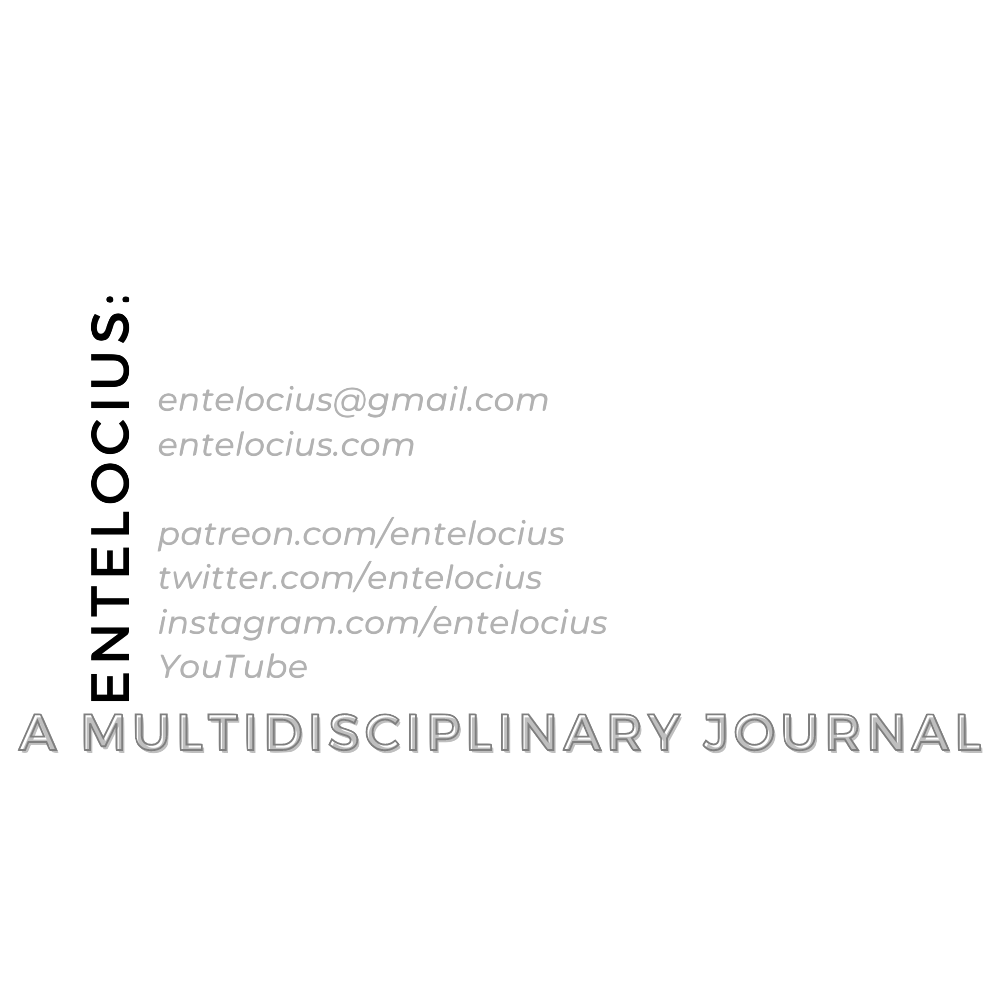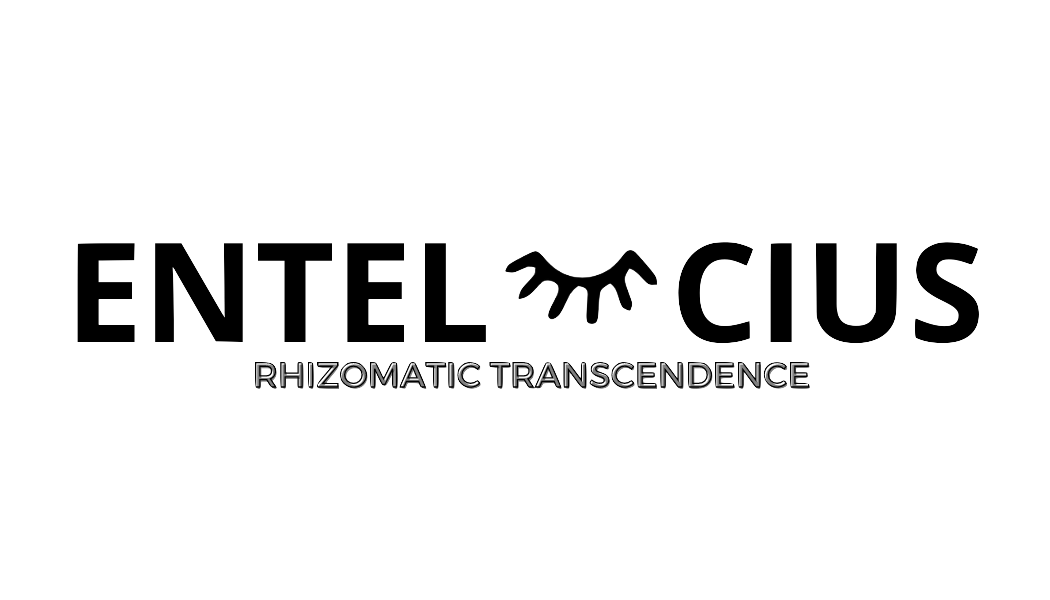Post-adaptive fear
A biopsychosocial case analysis and cognitive framework for the treatment of a novel conception of death anxiety tailored to the information age
Keywords:
anxiety, fear, death awareness, post-adaptive fear, post-adaptive, adaptation, modernity, death, death anxiety, COVID-19, case analysis, memento mori, information theory, cognition, evolution, terror management theory, TMTAbstract
Post-adaptive fear is a proposed permutation of death and generalized anxiety stipulated mainly to convolve death-related cognitions and morbid epiphenomena, which is given expression in terms of a) the increasingly competitive and information-laden modern ecology, b) a cognitive-informatical-dynamical therapeutic framework, and c) the facultative centrality of anxiety to action. The purpose of this original proposal, through deconstruction of two fictional biopsychosocial assessments and related critical-theoretic exposition, is to equip clinicians with a cogent, salient, and productive alternative which admits unique generative and integrative facility and potential against often limited or inadequate clinical means.
References
Bassett, J. F. (2007). Psychological defenses against death anxiety: Integrating terror
management theory and firestone's separation theory. Death Studies, 31, 727–750.
Becker, E. (1973). The denial of death. Free Press.
Belmi, P., & Pfeffer, J. (2016). Power and death: Mortality salience increases power seeking while feeling powerful reduces death anxiety. Journal of Applied Psychology, 101(5), 702–720.
Benton, J. P, Christopher, A. N., & Walter, M. I. (2007). Death anxiety as a function of aging anxiety. Death Studies, 31(4), 337-350.
Betito, P. A. E. (2021) Cognitive-informatical therapy (SIT): A clinical paradigm and therapeutic guidebook.
Bodner, E., Shrira, A., Bergman, Y. S., & Cohen-Fridel, S. (2015). Anxieties about aging and death and psychological distress: The protective role of emotional complexity. Personality and Individual Differences, 83, 91–96.
Cardany, A. B. (2017). Mitigating death anxiety: Identifying music’s role in terror management. Psychology of Music, 46(1), 3-17
Cheung, J. T. K., Au, D. W. H., Chan, W. C. H., Chan, J. H. Y., Ng, K., & Woo, J. (2018). Self-competence in death work among health and social care workers: a region-wide survey in Hong Kong. BMC Palliative Care, 17(1).
Draper, E. J., Hillen, M. A., Moorse, M., Ketf, J. C. F., van Laarhovend, H. W. M.,Henselmans, I. (2019). Relationship between physicians’ death anxiety and medical communication and decision-making: A systematic review. Patient Education and Counselling, 102(2), 266-274.
Fitri, R. A., Asih, S. R., Takwin, B. (2020). Social curiosity as a way to overcome death anxiety: perspective of terror management theory. Heliyon, 6(3).
Fortner, B. V., Neimeyer, R. A. (1999). Death anxiety in older adults: a quantitative review. Death Studies, 23(5), 387-411.
Hoelterhoff, M., & Chung, M. C. (2017). Death anxiety resilience: A mixed methods investigation. Psychiatric Quarterly, 88, 635–651.
Iverach, L., Menzies, R. G., and Menzies, R. E. (2014). Death anxiety and its role in psychopathology: reviewing the status of a transdiagnostic construct. Clinical Psychology Review, 34(7), 580-593.
Jong, J. (2020) Chapter 2. Death anxiety and religious belief: A critical review. The Science of Religion, Spirituality, and Existentialism, 21-35.
Jong, J. (2021). Death anxiety and religion. Current Opinion in Psychology, 40, 40-44.
Kelley, N. J., & Schmeichel, B. J. (2015). Thinking about death reduces delay discounting. PLoS ONE, 10(12).
Kesebir, P. (2014). A quiet ego quiets death anxiety: Humility as an existential anxiety buffer. Journal of Personality and Social Psychology, 106(4), 610-623.
Khademi, F., Moayedi, S., Golitaleb, M., Karbalaie, N. (2021). The COVID-19 pandemic and death anxiety in the elderly. International Journal of Mental Health Nursing, 30(1), 346-349.
Lee, S. A., Jobe, M. C., Mathis, A. A., & Gibbons, J. A. (2020). Incremental validity of coronaphobia: Coronavirus anxiety explains depression, generalized anxiety, and death anxiety. Journal of Anxiety Disorders, 74.
Lipsman, N., Skanda, A., Kimmelman, J., & Bernstein, M. (2007). The attitudes of brain cancer patients and their caregivers towards death and dying: A qualitative study. BMC Palliative Care, 6.
McCurdy, J. T. (1917). The psychology of war.
Mavrogiorgou, P., Haller, K., & Juckel, G. (2020). Death anxiety and attitude to death in patients with schizophrenia and depression. Psychiatry Research, 290.
Mikulincer, M., Florian, V., Birnbaum, G., & Malishkevich, S. (2002). The death-anxiety buffering function of close relationships: Exploring the effects of separation reminders on death-thought accessibility. Personality and Social Psychology Bulletin, 28(3), 287–299.
Menzies, R. E., Sharpe, L., Dar-Nimrod, I. (2019). The relationship between death anxiety and severity of mental illnesses. British Journal of Clinical Psychology, 58(4), 452-467.
Menzies, R. E., Zuccala, M., Sharpe, L., Dar-Nimrod, I. (2018). The effects of psychosocial interventions on death anxiety: A meta-analysis and systematic review of randomised controlled trials. Journal of Anxiety Disorders, 59, 64-73.
Neimeyer, R. A., Van Brunt, D. (1995). Death anxiety. In: Wass, H., Neimeyer, R. A., editors. Dying: Facing the facts. 3rd ed. Washington (DC): Taylor & Francis.
Rieger, D., Frischlich, L., Högden, F., Kauf, R., Schramm, K., Tappe, E. (2015). Appreciation in the face of death: Meaningful films buffer against death-related anxiety. Journal of Communication, 65(2), 351-372.
Sliter, M. T., Sinclair, R. R., Yuan, Z., & Mohr, C. D. (2014). Don’t fear the reaper: Trait death anxiety, mortality salience, and occupational health. Journal of Applied Psychology, 99(4), 759–769.
Soleimani, M., Lehto, R., Negarandeh, R., Bahrami, N., & Nia, H. (2016). Relationships between death anxiety and quality of life in Iranian patients with cancer. Asia-Pacific Journal of Oncology Nursing, 3(2), 183-191.
Sterling, P. & Laughlin, S. (2017). Principles of neural design. The MIT Press.
Zaleskiewicz, T., Gasiorowska, A., & Kesebir, P. (2013). Saving can save from death anxiety: Mortality salience and financial decision-making. PLoS ONE, 8(11).

Downloads
Published
How to Cite
Issue
Section
License
Copyright (c) 2021 Entelocius: A multidisciplinary journal

This work is licensed under a Creative Commons Attribution-ShareAlike 4.0 International License.




